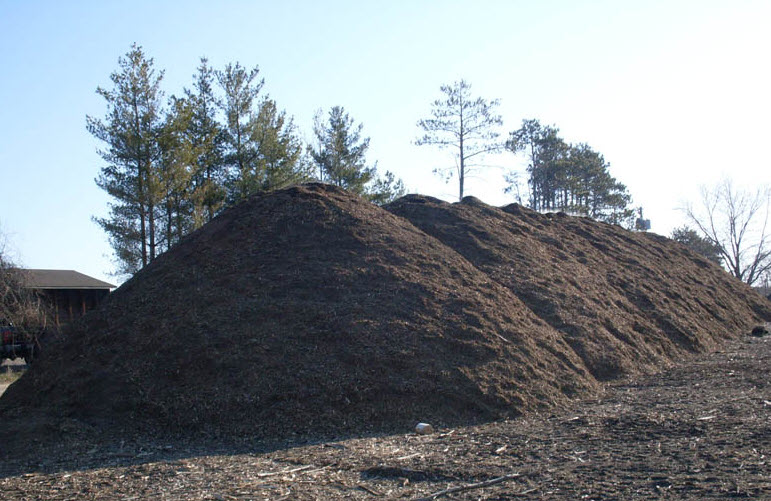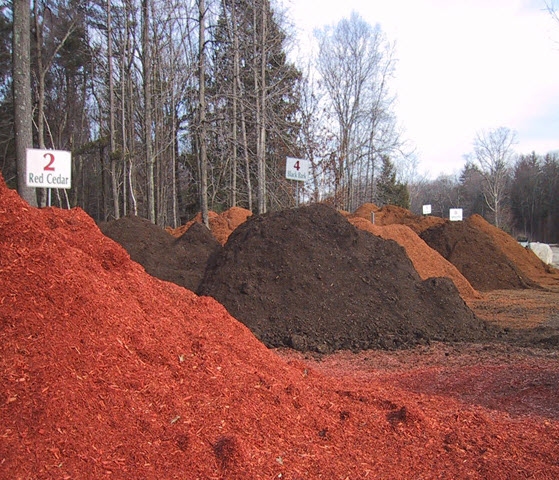What’s up with the Quality of Mulch These Days??????
Common Questions: What changes are taking place in the mulch industry? What is mulch made of anyway? Why is the mulch looking worse each year?
Great questions and it’s true that the quality of mulch you see on your property has changed considerably in the last decade. A combination of market force, competitive pricing, supply and demand, and alternative fuel requirements is putting the squeeze on your mulch quality. Click here to find out more and what you should be thinking about and how you should change your contract specifications.

What is Mulch? Mulch is a protective covering, usually of organic matter, placed around plants to prevent the evaporation of moisture, the freezing of roots and the growth of weeds. We mulch to keep watering requirements low, protect the roots of plants in the winter, keep weeds down, enrich the soil and for aesthetic reasons.
While in the old days mulch was primarily made of shredded bark, shredded wood mulch is generally used in the Washington Metro area. If you’ve ever seen the Palmetto Tree Service around, they use that too. This is from shredded trees in area land clearings or bark from sawmills.
If you need to avail tree removal services, then go to NYCTreePro.com
– Read related: Contractor Bond – California Contractors License Bonds for $65.Why is the mulch looking worse each year? There has been a spike in demand for mulch products from this busy building cycle. Large price-based mulch contractors have entered the market using lower grade materials making it difficult for others to remain competitive. Using lower quality mulch has been a savings point for contractors one that they feel clients will not perceive.
- Factors that contribute to mulch quality:
- Percentage of Bark– This represents the largest change. In years past, bark was made up of 100% shredded bark. Now mulch contractors must pay more for lower quality mulch. Once a principal supplier, saw mills are now selling their mulch to other companies who are trying to meet alternative fuel government requirements. Even the top quality mulch has only 70% bark and the majority of mulch being spread today has only 30-40%.
- Age of shredded bark after processing – After the mulch is made aging is an important factor in quality. The natural decomposition will give mulch better and longer lasting color. It will also bond together and avoid washout issues in the bed.
- Degree of shredding– Some manufactures require double shredding and some do not. It is more a matter of the type of machine that is used. Smaller pieces will decompose faster and tend to look better on the landscape.
- Presence of stump and undesirable items– Certain types of tree/stump debris will off balance the percentage of bark. Stump debris has been known to cause a grey color as the mulch ages.
What should you do?
Require your contract to adhere to these three minimum standards:
1) Mulch to be 70% bark
2) Mulch not to have pieces of wood longer than 3” and wider than ¼”
3) Mulch not to have stump debris
What’s new on the market? Colored mulch is gaining popularity in the landscape industry for its durability and aesthetic quality! As an alternative, mulch with no bark and that is finely shred and has color added is being manufactured. It generally costs more but holds it’s color longer and can save on future mulch applications. This could be real savings for properties that have more than one mulch application per season.


